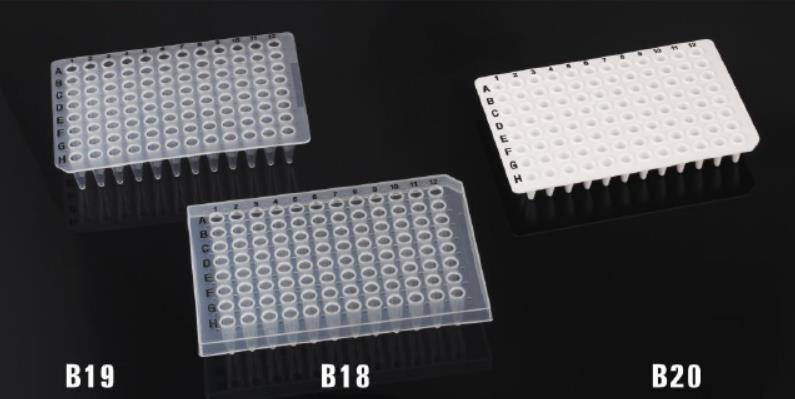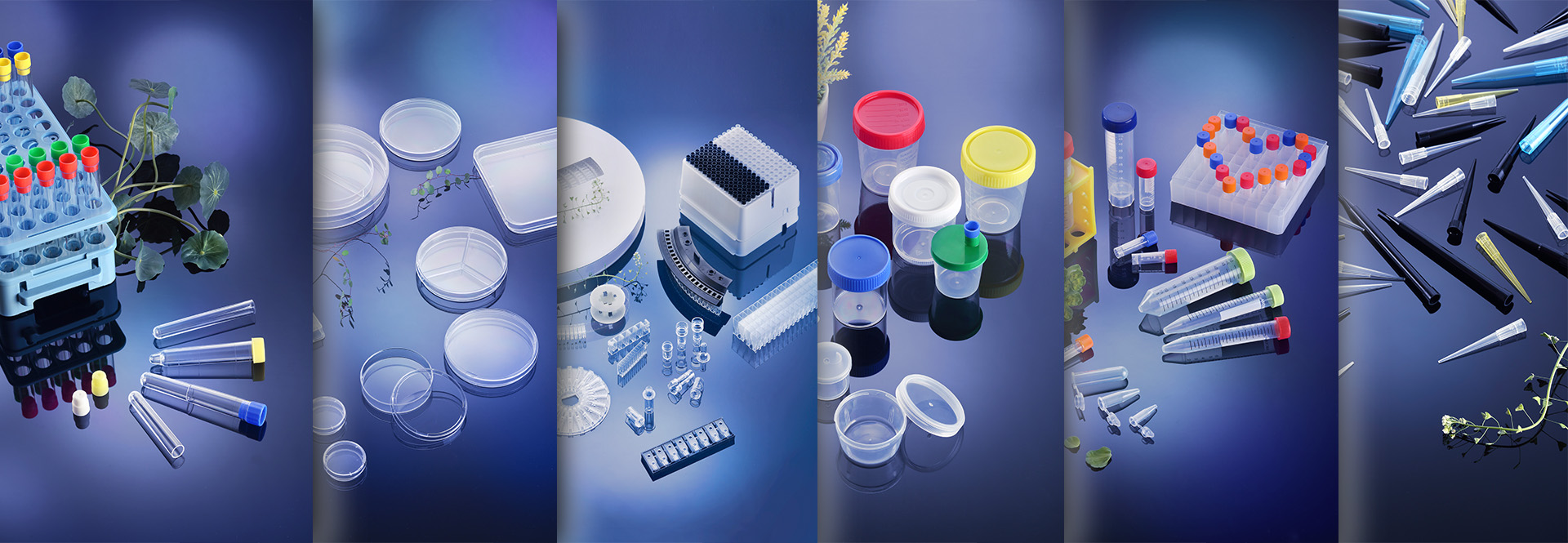PCR Plate


PCR (Polymerase Chain Reaction) is a widely used technique in molecular biology and genetics that allows for the amplification of specific DNA sequences. PCR plates play a crucial role in this process by providing a standardized and efficient platform for DNA amplification. This article will highlight the importance of PCR plates, their advancements, and their contributions to the field of molecular biology research.
The Evolution of PCR Plates:
PCR plates have undergone significant advancements over the years, primarily driven by the need for increased productivity and accuracy. The early PCR plates were primarily made of polypropylene and featured a simple 96-well design. However, with the advancements in technology, PCR plates are now available in various formats and materials to suit diverse research needs.


Advanced Features and Benefits:
Optimal Thermal Transfer: Modern PCR plates are designed to ensure excellent thermal conductivity and uniform temperature distribution throughout the plate. This feature is critical for achieving consistent and reproducible results in DNA amplification.
Enhanced Sample Tracking and Identification:
PCR plates now come with alphanumeric grid labels and alphanumeric well identification to facilitate easy sample tracking and identification. This feature eliminates confusion and minimizes the risk of sample mix-ups during the PCR process.
Compatibility and Seal Integrity:
PCR plates are compatible with various thermal cyclers, making them suitable for use in different laboratory settings. They also feature advanced sealing technologies to prevent evaporation, minimize contamination, and maintain the integrity of the reaction mixture.
Improved Durability and Chemical Resistance: Modern PCR plates are constructed from high-quality materials that ensure durability and chemical resistance. This feature enables them to withstand the rigorous thermal cycling conditions and resist degradation caused by various reagents used in PCR reactions.
Advancements in PCR Plate Technology:
In recent years, there have been notable advancements in PCR plate technology to further enhance their performance and reliability. Some of these advancements include:
Ultra-Thin Wall Design: This design minimizes the formation of air gaps between the reaction mixture and the plate's wall, allowing for better heat transfer and more efficient DNA amplification.
Optical Transparency:
Some PCR plates are now manufactured with optical clarity, allowing researchers to monitor the reaction in real-time using fluorescence detection techniques. This advancement has revolutionized the field by enabling the development of robust quantitative PCR assays.
Improved Well-to-Well Uniformity: PCR plates with enhanced well-to-well uniformity ensure that each reaction receives the same thermal conditions, minimizing any potential variations in amplification efficiency.
Conclusion:
PCR plates have evolved significantly to meet the growing demands of molecular biology research. With advancements in thermal conductivity, sample tracking, compatibility, and durability, these plates have become essential tools for accurate and reliable DNA amplification. Incorporating the latest technologies, PCR plates continue to contribute to the progress of molecular biology research, enabling scientists and researchers to unravel the secrets of DNA and revolutionize fields such as diagnostics, genetics, forensics, and personalized medicine.
'

Contact: Neo
Phone: 008615867460640
E-mail: Info@Hwtai.com
Whatsapp:008615867460640
Add: Building 2, Xinmao Qilu Science Technology Industrial Park, Tianqiao District, Jinan City, Shandong Province,China.
We chat
